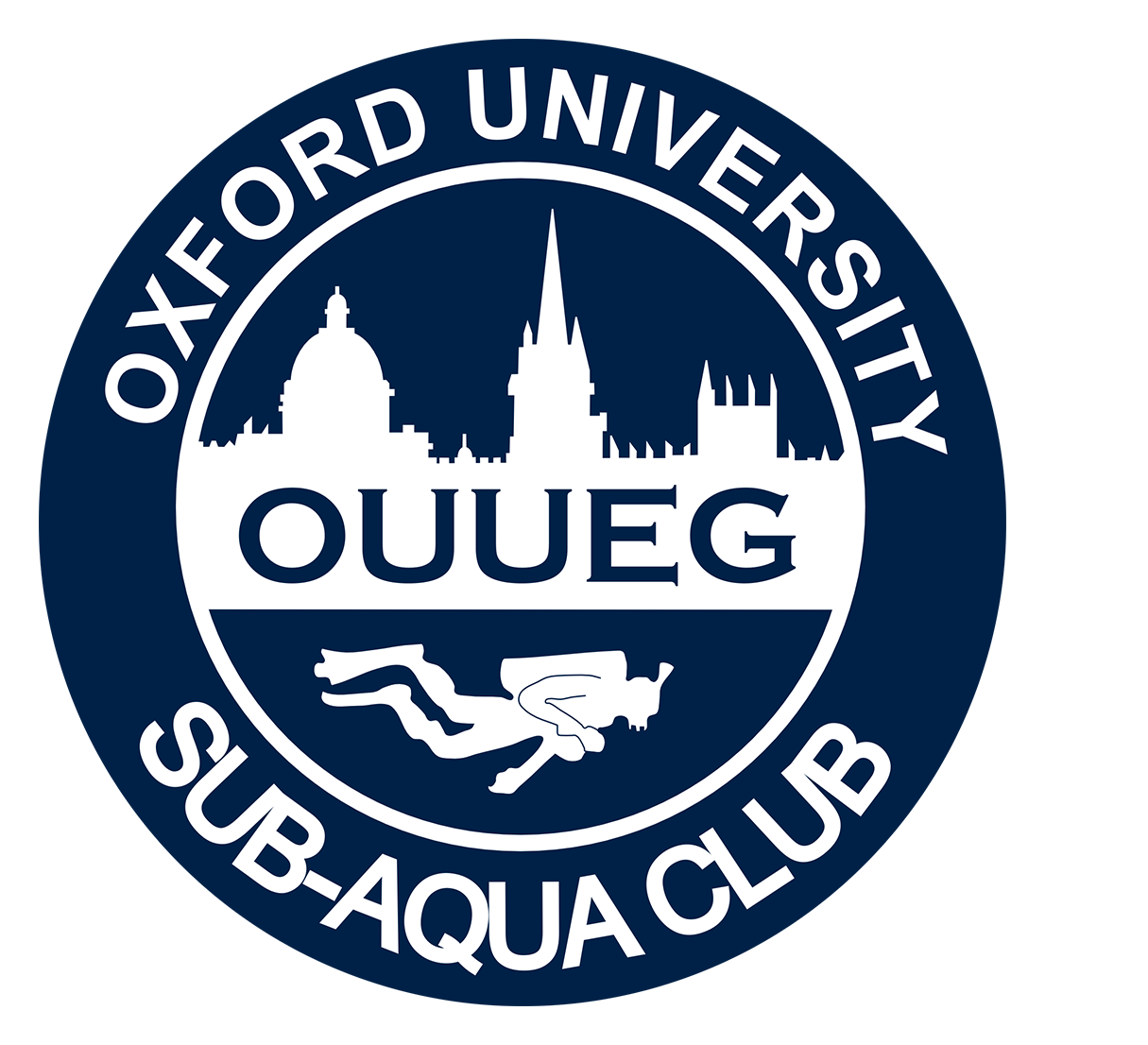Plymouth Expedition, 13-15th June 2016

Friday the 13th, a date that will now be remembered as the “curse of the plankton bloom”. Nevertheless, OUUEG divers planned a trip on that day and promptly suffered a little from the curse: with unfortunately two divers having to pull out last minute and a mishap on the minibus booking by higher authorities. Undeterred, a 6 strong fellowship (Marko J., Simon F., Tom W., Mateusz D., Giles R. and Gregor C.) made their way down to Plymouth where they were greeted by what can only be called amazing conditions: two days of glorious sunshine, no real wind and very calm waters promising superb diving.
Saturday morning at the dry-stack, we greeted Seahorse on its stand and were mesmerised by how amazingly efficient everything was on the stack. (We have plenty of video material to highlight the advantages of a dry-stack, it is amazing seeing seahorse being lifted so effortlessly on a huge forklift). We found Seahorse in superb conditions (big thanks to Pete Bernardes) and soon set sail to dive the SS James Eagan Layne. But did I mention plankton bloom? A pleasant trip over, but once under the water the wreck was nearly not visible and became very spooky to dive, as you would expect from a Friday the 13th weekend (what is that black spot? Am I hitting the boiler in a second??).
After a hearty lunch on the lovely boat in Whitsands bay, the second dive was planned on the Fylrix behind the breakwater to see if we could get some fresher water to get rid of the pea soup. Marko and Gregor entered the water first and were indeed able to find the wreck, thanks to Captain Simon’s insanely good dropping-off skills, but decided to abort the dive as visibility dropped under 0.5 meters at the depth of the wreck. Therefore the dive was moved to Jenny Cliff Bay, which was shallower and full of treasures that our eagle eyed archaeologist Giles found.
After a great fish and chip dinner in Plymouth and a successful defence of the harbour against a pirate invasion (the whole of Plymouth had a pirate fancy dress theme going which was very amusing), due to the amazing weather, the next day’s diving was decided: Hands Deep and Eddystone Lighthouse. Both places are far out and tides play an important role, but we had neap tides and it was decided it would all work fine.
After an early start, a full bacon-filled breakfast, and delicate use of angle grinders to reconfigure twinsets, we were ready to leave the harbour at 9:15 (!!). After an hour boat drive to Hands Deep, we found ourselves in a diver’s paradise. The viz had improved a lot compared to Saturday (though still slightly murky: 6-7m) which meant we could see a plethora of fish and there were plenty of big fish which made the participants very creative in hand-signals. At this point Marko’s new shiny high tech computer gained full self-awareness and decided to not like our way of diving which resulted in interesting deco-obligations for him much to the disliking of “the man of steel” Mateusz, who had decided to dive in a wet-suit (water temperature 11-12°C!!).
We had again had lunch at sea, in full view of Eddystone lighthouse in sunshine, with first class on-board catering and Bacon-Butty-Officer Simon profoundly declaring that we have too much bacon… unbelievable! The second dive on Sunday was then on the south of Eddystone lighthouse, which we can describe as nearly legendary. By this time, Giles had developed a severe twinset envy and decided to build himself something even better: a triple based on a 7l and 2x 3l ponys. Gregor, who finally managed the buoyancy of his camera, could again focus on his floaty feet. The visibility was a little bit worse than in the morning but still very acceptable and plenty of fish and a stunning scenery could be enjoyed. Giles continued his discoveries with Mateusz, uncovering a broken iron anchor in a narrow gully – possibly a relic from one of the Eddystone’s many victims. Shortly after 5 pm, we were back at the dry-stack and could make our way home to Oxford.
 OUUEG — Oxford University Underwater Exploration Group
OUUEG — Oxford University Underwater Exploration Group